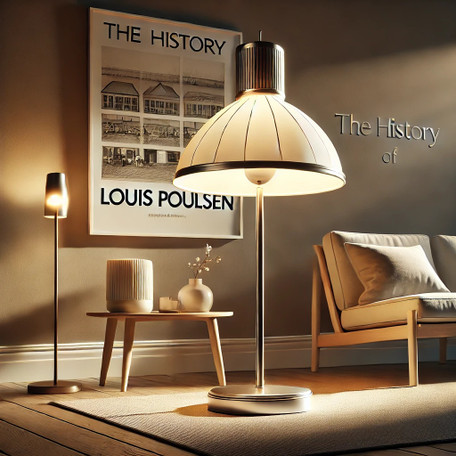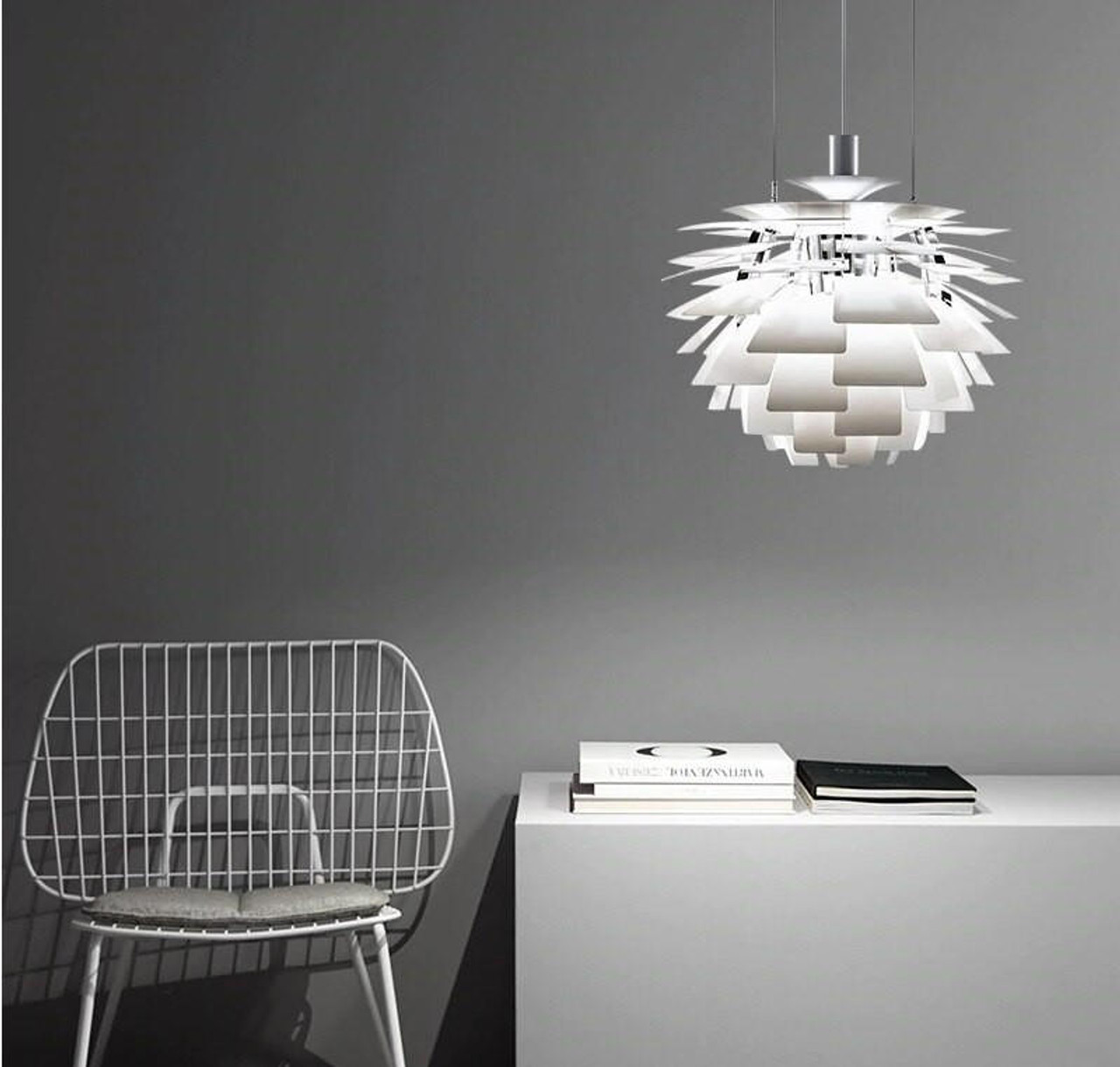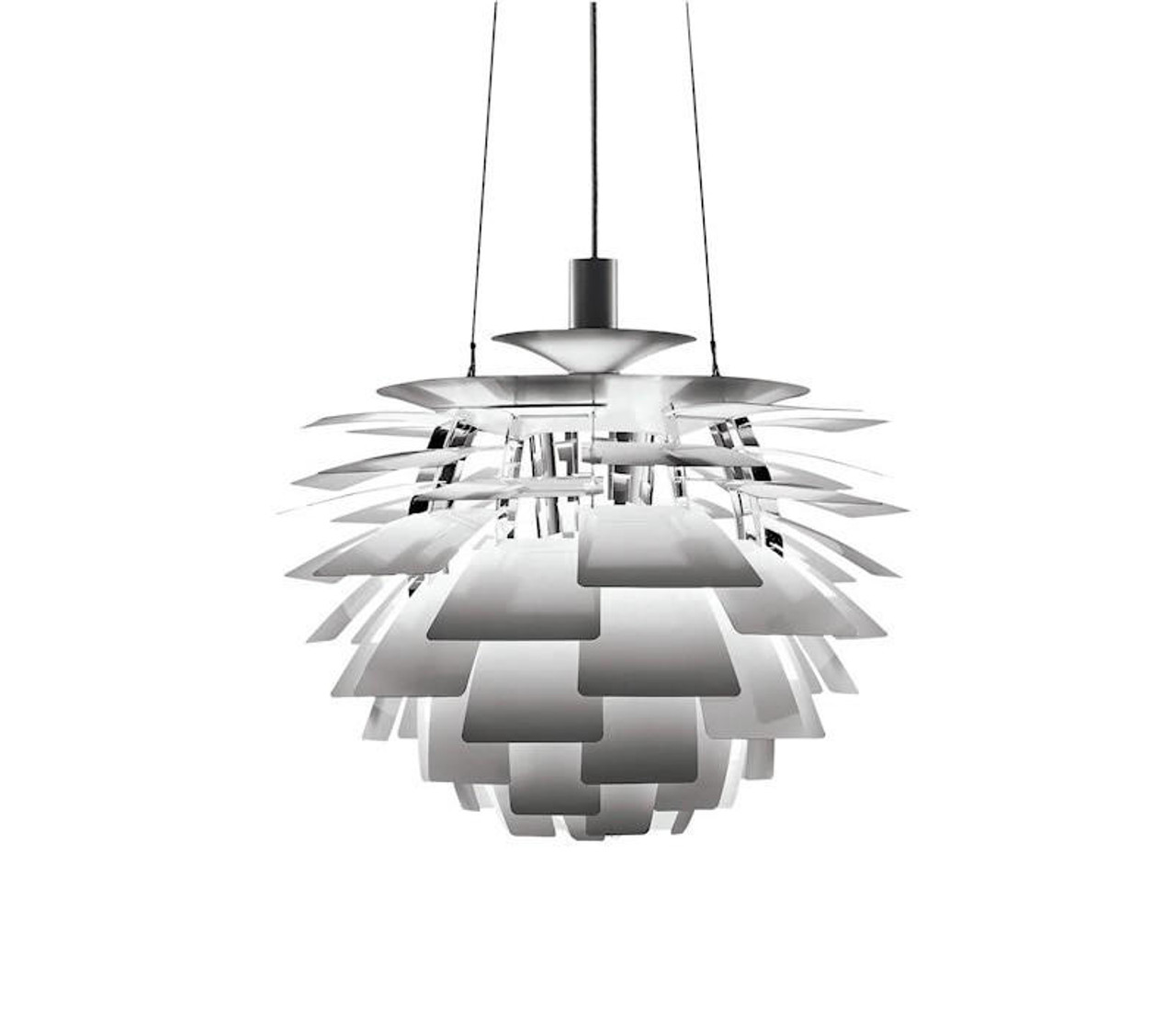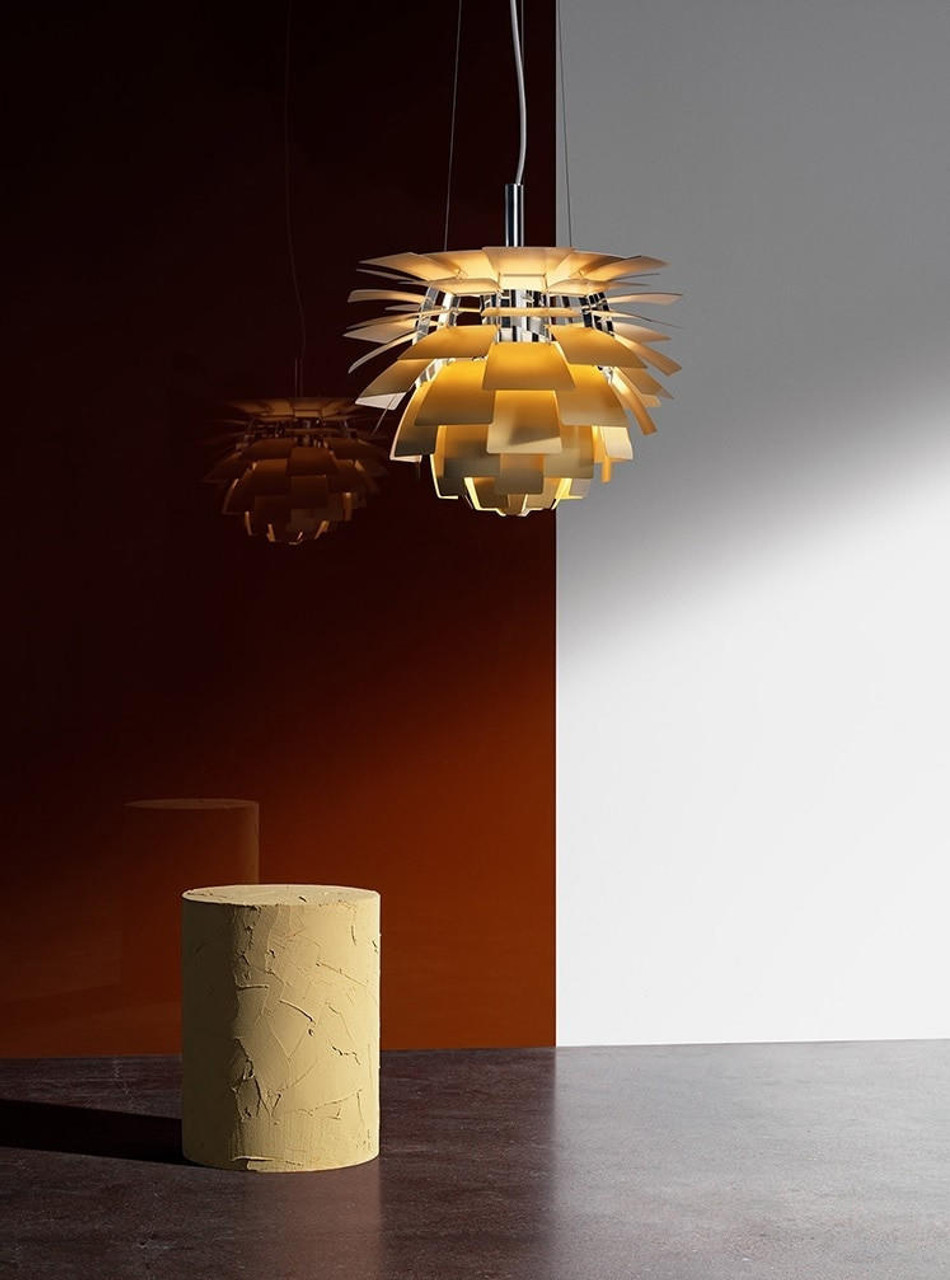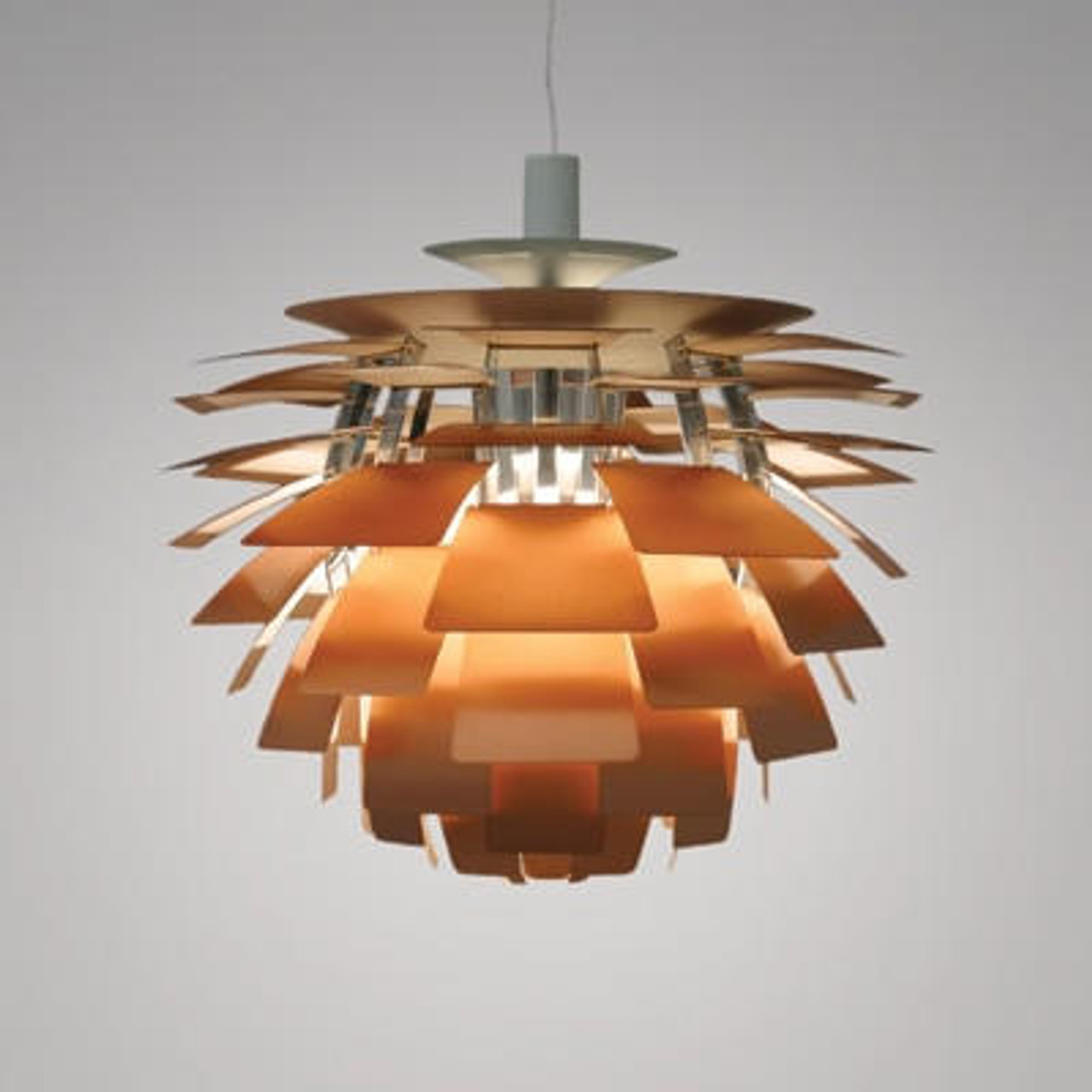Louis Poulsen History: A Legacy of An Innovative Lighting Designer
27th Aug 2024
Introduction
Louis Poulsen is a name synonymous with high-quality, innovative, and functional lighting design. The brand has left an indelible mark on the world of lighting, shaping the way we illuminate our spaces and setting the standard for modern Scandinavian design. From its humble beginnings to its status as an internationally recognized leader in the lighting industry, Louis Poulsen's journey is a testament to the power of design and the importance of functionality. This blog will delve into the rich history of Louis Poulsen, tracing its evolution from a small Danish business to a global icon in the world of lighting.
The Beginnings of Louis Poulsen
Founding and Early History
The history of Louis Poulsen dates back to 1874 when Ludvig R. Poulsen founded a small business in Copenhagen, Denmark. Originally, the company was involved in importing and selling wine. However, the business gradually diversified its offerings, moving into the sale of tools and electrical supplies. This shift marked the beginning of what would become a long-standing relationship with the world of lighting.
As the company expanded, it began to focus more on industrial lighting solutions. This period of growth set the stage for Louis Poulsen's eventual transformation into a brand known for its commitment to quality and design. By the early 20th century, Louis Poulsen had firmly established itself as a key player in the Danish lighting industry, paving the way for future innovations that would leave a lasting impact on the world of design.
Early Expansion
The early 1900s were a time of significant change and growth for Louis Poulsen. The company's transition into the lighting industry coincided with a broader movement towards electrification, which created new opportunities for innovation in lighting design. During this time, Louis Poulsen began to develop a reputation for producing high-quality, functional lighting solutions that were both practical and aesthetically pleasing. This commitment to quality would become a cornerstone of the brand's identity, influencing every aspect of its future growth and development.
The Influence of Poul Henningsen and the Functionalist Movement
Introduction to Functionalism
The early 20th century saw the rise of the functionalist design movement, which emphasized the importance of functionality, simplicity, and user-centric design. This movement had a profound influence on the development of modern design, and Louis Poulsen was at the forefront of this shift. Functionalism became a guiding principle for the company, shaping its approach to lighting design and setting it apart from its competitors.
Functionalism's core philosophy was that design should serve a purpose and meet the needs of its users. This approach resonated deeply with Louis Poulsen, leading the company to prioritize functionality and practicality in its products. This alignment with functionalism helped Louis Poulsen to develop lighting solutions that were not only visually appealing but also highly effective in their intended applications.
Poul Henningsen’s Contributions
A pivotal figure in Louis Poulsen history is Poul Henningsen, a Danish designer who became one of the brand’s most influential collaborators. Henningsen's work with Louis Poulsen began in the 1920s and marked the beginning of a long and fruitful partnership that would yield some of the most iconic lighting designs of the 20th century.
Henningsen's most famous contribution to Louis Poulsen is the PH Lamp series, which he designed based on his pioneering research into the principles of light distribution. The PH Lamps were revolutionary for their time, featuring a layered shade system that provided glare-free, soft, and comfortable light. This design became a hallmark of Louis Poulsen’s product line and solidified Henningsen's place as a key figure in the company’s history.
The PH Lamp Series
The PH Lamp series is perhaps the most significant milestone in Louis Poulsen history. These lamps exemplified the functionalist approach, with their design centered around the idea of creating harmonious, glare-free light that would enhance the user’s experience. The success of the PH Lamps not only elevated Louis Poulsen’s status in the design world but also helped to establish the brand as a leader in the global lighting industry.
The PH Lamp series remains one of the most iconic designs associated with Louis Poulsen, and its influence can still be seen in the brand’s contemporary products. Henningsen's legacy lives on through these designs, which continue to be celebrated for their innovative approach to lighting.
Key Milestones in Louis Poulsen History
Growth and Global Recognition
The mid-20th century was a period of significant growth for Louis Poulsen, as the company expanded its product line and began to gain international recognition. The brand's focus on quality, functionality, and design attracted attention from around the world, leading to collaborations with some of the most renowned designers of the time.
During this period, Louis Poulsen introduced a range of new lighting products, including outdoor and architectural lighting solutions. These innovations helped to broaden the brand’s appeal and established Louis Poulsen as a versatile player in the global lighting market. The company’s commitment to excellence in both design and production set it apart from its competitors and solidified its reputation as a leader in the industry.
Iconic Designs and Collaborations
Louis Poulsen history is marked by a series of iconic designs that have become synonymous with the brand. In addition to the PH Lamp series, other notable designs include the AJ Lamp by Arne Jacobsen and the Artichoke Lamp by Poul Henningsen. These collaborations with top designers have played a crucial role in defining the brand’s identity and ensuring its continued success.
The AJ Lamp, designed by Arne Jacobsen in 1960, is a prime example of Louis Poulsen’s commitment to functionalist design. Its sleek, minimalist form and adjustable head make it both a practical and stylish addition to any space. Similarly, the Artichoke Lamp, designed by Poul Henningsen in 1958, is a masterpiece of form and function, featuring a unique design that provides both direct and indirect lighting.
Sustainability and Modern Innovations
In recent years, Louis Poulsen has continued to innovate, incorporating sustainable practices and modern technologies into its products. The brand’s focus on sustainability is evident in its use of energy-efficient materials and its commitment to reducing its environmental impact. These innovations align with Louis Poulsen’s longstanding commitment to quality and functionality, ensuring that the brand remains at the forefront of the lighting industry.
Louis Poulsen’s modern product offerings reflect the brand’s ability to adapt to changing trends while staying true to its core principles. By combining timeless design with cutting-edge technology, Louis Poulsen continues to set the standard for excellence in lighting.
The Global Influence of Louis Poulsen
Impact on Scandinavian Design
Louis Poulsen history is closely intertwined with the development of Scandinavian design, a movement characterized by its emphasis on simplicity, functionality, and natural beauty. The brand’s focus on these principles has made it a key player in the Scandinavian design movement, influencing countless designers and shaping the aesthetic of modern interiors.
Louis Poulsen’s designs are often seen as the epitome of Scandinavian design, with their clean lines, understated elegance, and practical functionality. The brand’s commitment to these values has not only defined its own products but also contributed to the global appeal of Scandinavian design as a whole.
International Success
Over the years, Louis Poulsen has gained international acclaim, becoming a sought-after brand in homes, offices, and public spaces around the world. The brand’s designs are featured in major design exhibitions and have been recognized with numerous awards for their innovation and excellence.
Louis Poulsen’s success on the global stage is a testament to the brand’s ability to combine form and function in a way that resonates with people across cultures. The brand’s influence can be seen in the widespread adoption of its designs and the continued demand for its products in the international market.
Enduring Legacy
The legacy of Louis Poulsen is one of innovation, quality, and timeless design. The brand’s history is a testament to the power of functionalist principles and the importance of creating products that meet the needs of their users. As Louis Poulsen continues to evolve and innovate, its influence on the design world remains as strong as ever.
Louis Poulsen’s enduring legacy is reflected in the continued popularity of its products, which are celebrated for their beauty, functionality, and lasting appeal. As the brand looks to the future, it remains committed to the values that have defined its history and shaped its success.
Conclusion
Louis Poulsen history is a rich and fascinating journey through the evolution of modern lighting design. From its humble beginnings as a small Danish business to its current status as a global leader in the lighting industry, Louis Poulsen has remained true to its commitment to quality, functionality, and innovative design.
As the brand continues to innovate and adapt to the changing needs of the market, its legacy as a pioneer in lighting design is secure. Whether through iconic designs like the PH Lamp series or modern innovations in sustainable lighting, Louis Poulsen’s impact on the world of design is undeniable. The story of Louis Poulsen is a testament to the enduring power of great design and a reminder of the importance of creating products that stand the test of time.

